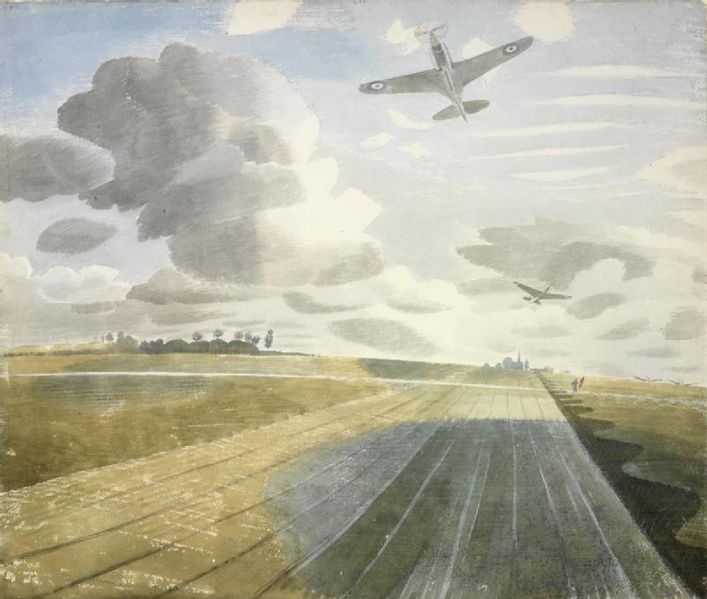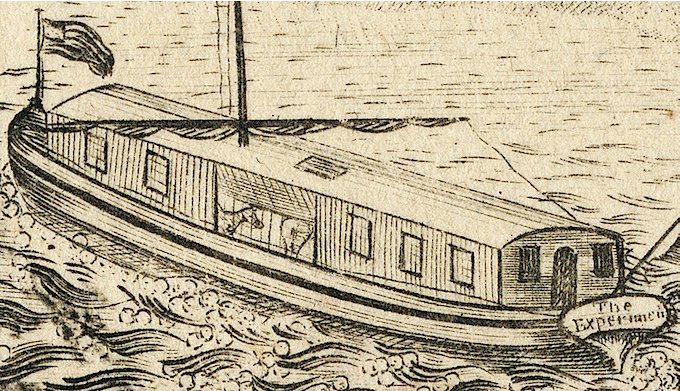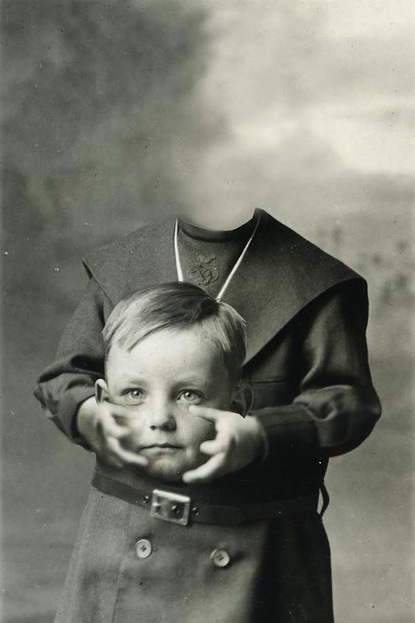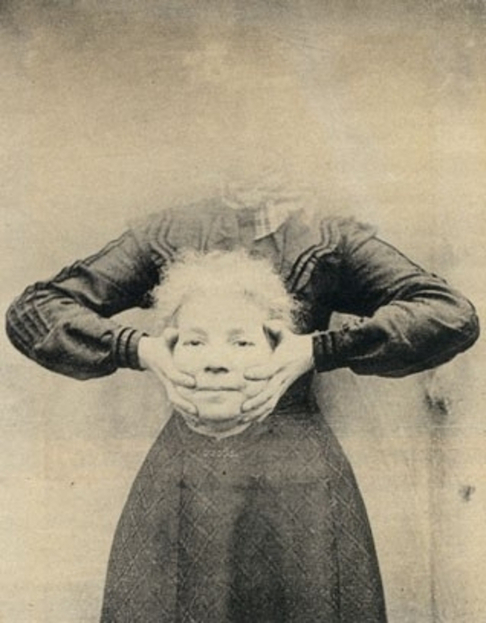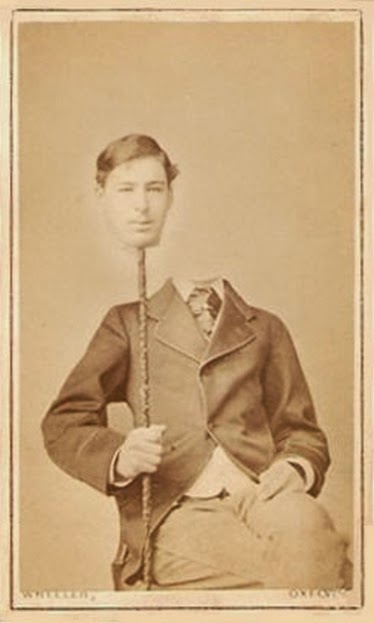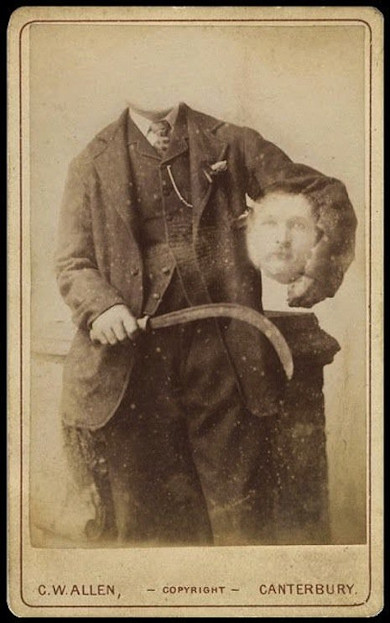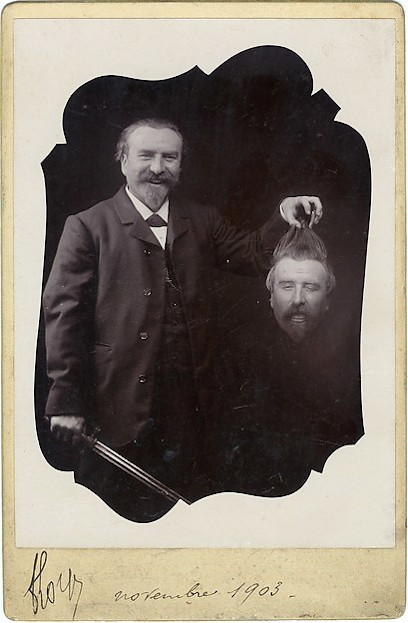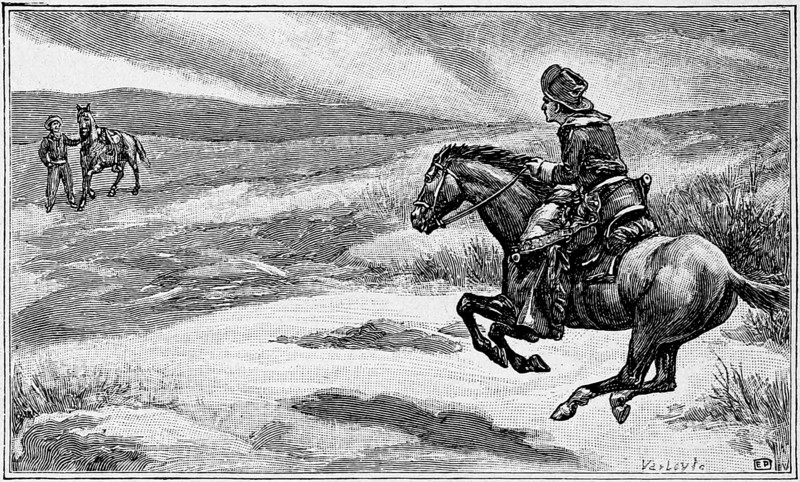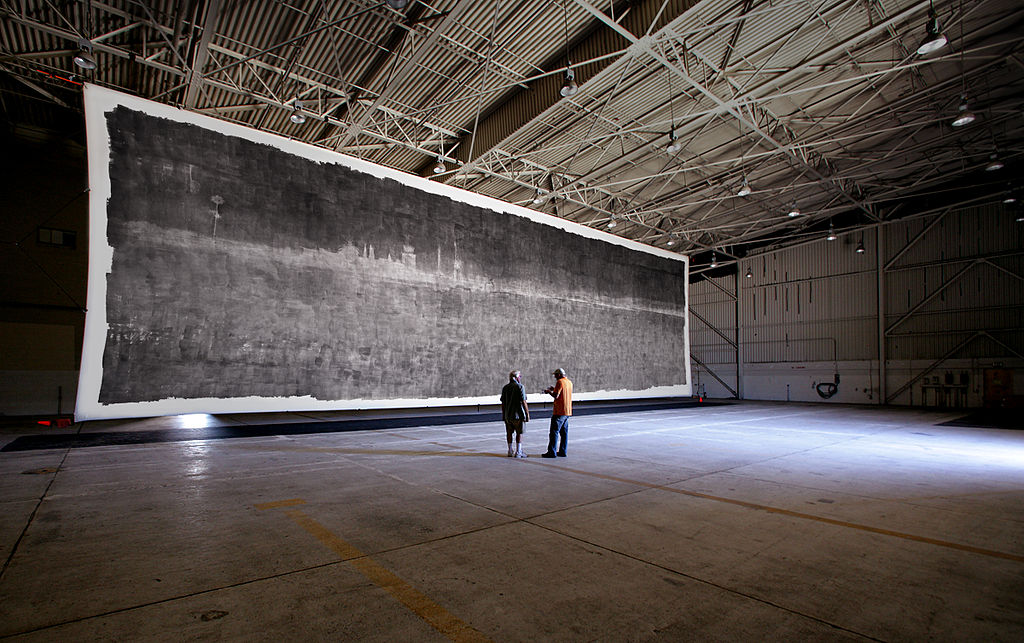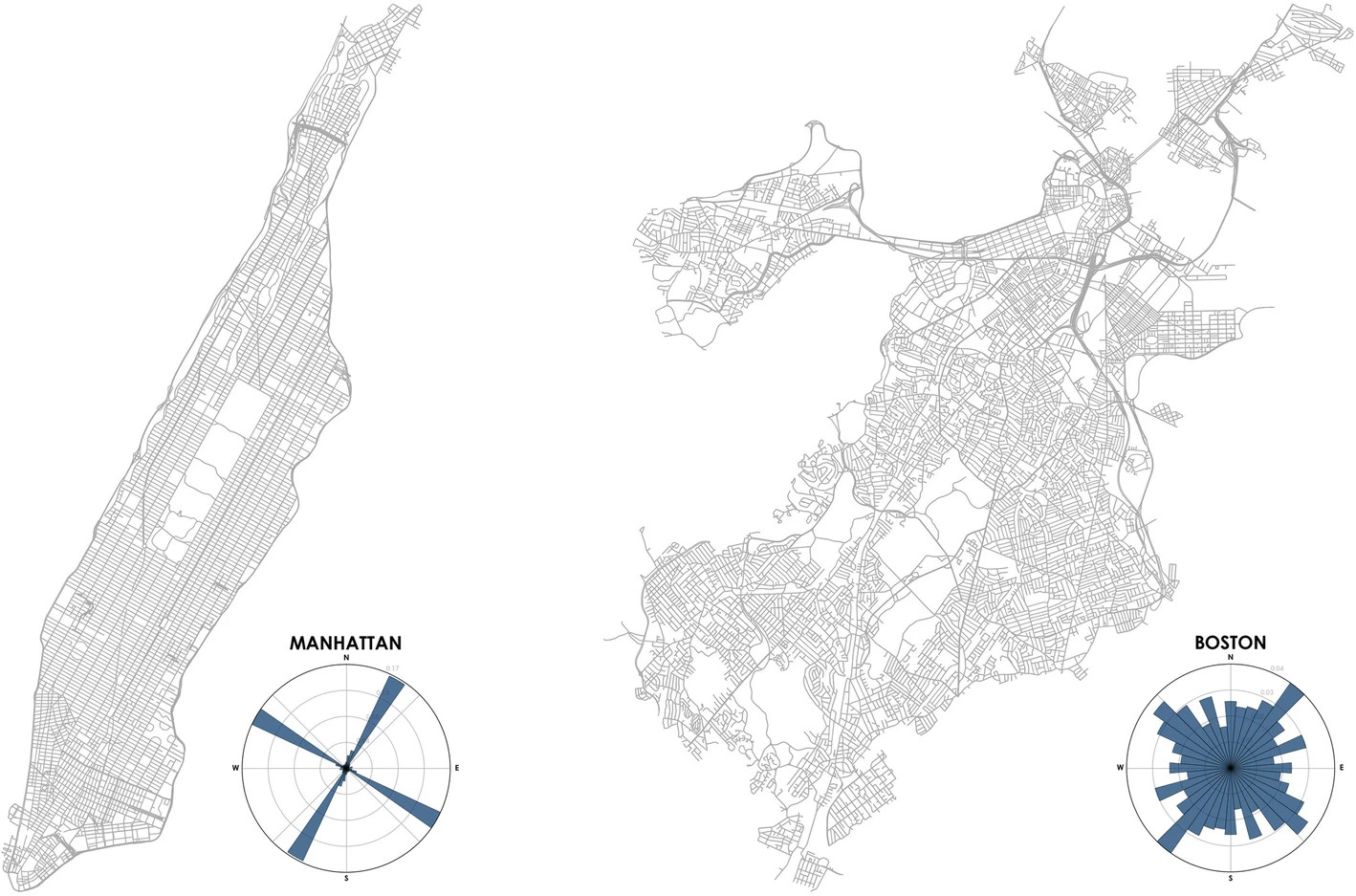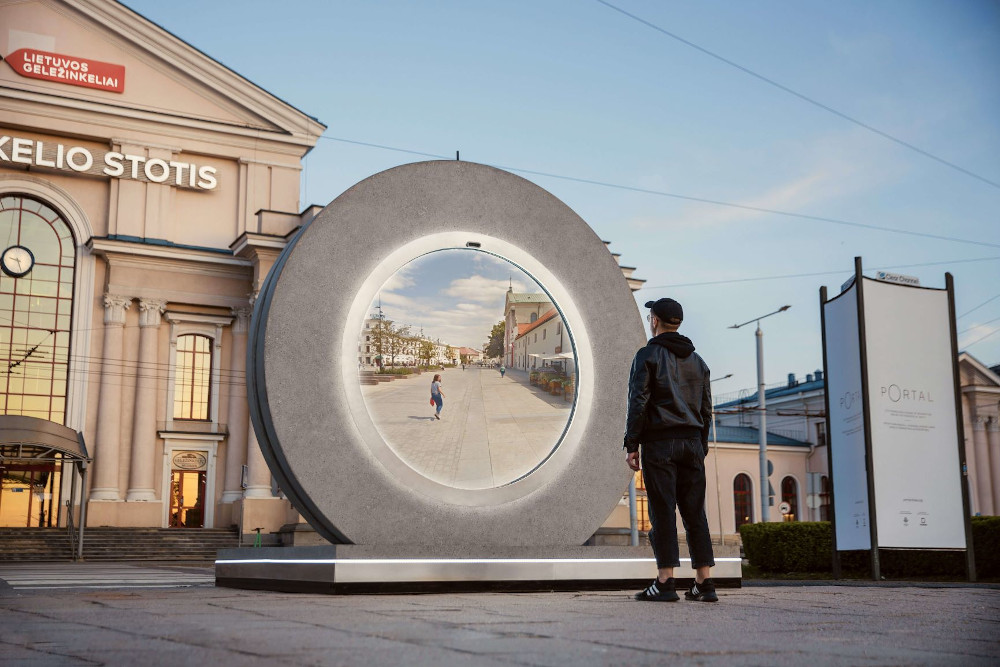
In the spirit of amity, Vilnius, Lithuania, has installed a “portal” that allows residents to make contact in real time with the inhabitants of Lublin, Poland. Each city hosts a large circular screen and cameras by which residents can interact in real time via the Internet.
“Humanity is facing many potentially deadly challenges; be it social polarisation, climate change or economic issues,” said organizer Benediktas Gylys. “However, if we look closely, it’s not a lack of brilliant scientists, activists, leaders, knowledge or technology causing these challenges. It’s tribalism, a lack of empathy and a narrow perception of the world, which is often limited to our national borders. That’s why we’ve decided to bring the PORTAL idea to life — it’s a bridge that unifies and an invitation to rise above prejudices and disagreements that belong to the past. It’s an invitation to rise above the us and them illusion.”
The planners hope to install dozens of similar portals around the world. “Meaningful projects like this one are born when diverse people succeed in working together and achieving synchronicity,” said Adas Meskenas, director of LinkMenu fabrikas, which built the portal. “And this is just another example of what people who are united can do.”
